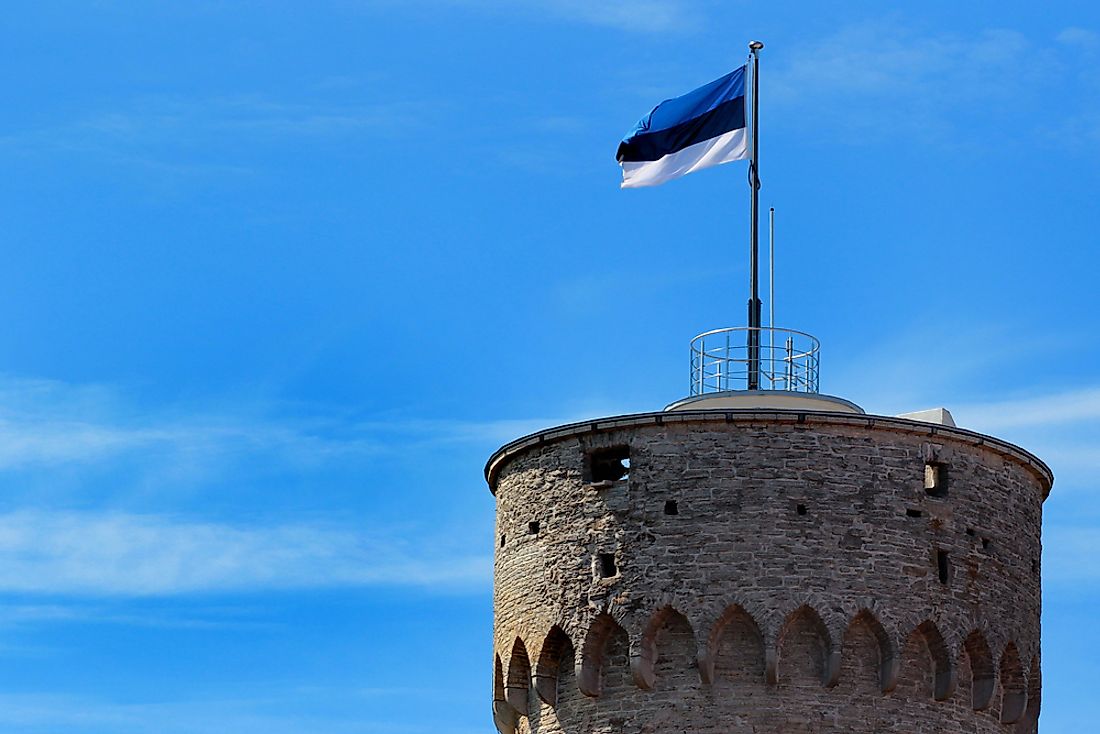What Is The Origin Of The Name Of Estonia?

Estonia is a country in Northern Europe that consists of mainland territory as well as 2,222 islands in the Baltic Sea. The country encompasses a total area of 45,227 km2 and has an estimated population of 1,324,820. Humans first settled the land that is present-day Estonia in approximately 9000 BC. Ancient Estonians were some of the last pagans to become Christians, and were converted in the 12th century by the Germans as part of the Livonian Crusade. Estonia's location, which is considered a gateway between the East and West, made the territory appealing. As a result, for centuries Estonia was ruled by other nations, including, Germany, Denmark, Sweden, Poland, and Russia, but gained independence from Russia in 1920. The country became occupied during the Second World War, by Germany and Russia, and was part of the Soviet Union until its collapse. Estonia became an independent nation once again on August 20, 1991.
Adoption of the Name “Estonia”
The name "Estonia" may be derived from the Aesti people, who were referenced in 98 AD by Roman historian Tacitus in his ethnographical book Germania (On the Origin and Situation of the Germans). However, the Aesti were Baltic people, while Estonians are Finno-Urgic, and the locations do not match. Nevertheless, the term was included in the Norse sagas of the 13th century to refer to people living in the territory that is now Estonia. Additionally, Roman statesman Cassiodorus used the name "Estonia" in his book written in the 6th century.
Estonia and the Russian Empire
Russia defeated Sweden during the Great Northern War in the early 18th century, forcing the Swedes out of Estonia. Although Russia administered the territory, German elites owned much of the land and businesses, and controlled the education and religious institutions. Additionally, as Christians, the Germans claimed to be superior over the pagan Estonians. Between 1810 and 1820, the Baltic provinces revolted against Russian and German imperialism in order to free themselves from serfdom, and peasants began to own land or move to cities. In the mid-nineteenth century, nationalism swept across Europe, and Estonians began to develop their own sense of culture and personality that was distinct from Russia and Germany. The Estonian language was adopted as the official language in schools, literature, and workplaces. In 1889, Russia attempted to establish dominance and suppress the Germans in Estonia by abolishing the use of the German language. However, the ban provided an opportunity for Estonians to grow their language and national Identity.
Independence
Estonia revolted against the Russian Federation in 1917 in an attempt to establish an independent state. The Russian Federation collapsed during the First World War and Estonia was granted autonomy. Soon after, the Estonian Provincial Assembly declared independence on February 24, 1918. Russia invaded Estonia in November 2018, resulting in the Estonian War of Independence. Although Estonia declared its neutrality in the Second World War, it became occupied by Russia, and later Germany. Following the war, the region was claimed as part of the Soviet Union, as the Estonian Soviet Socialist Republic. In the late 1980s, as the Soviet Union was collapsing, the Estonian Sovereignty Declaration was announced on November 16, 1988. On August 20, 1991, Estonia formally declared its independence, and four months later the Soviet Union collapsed.







